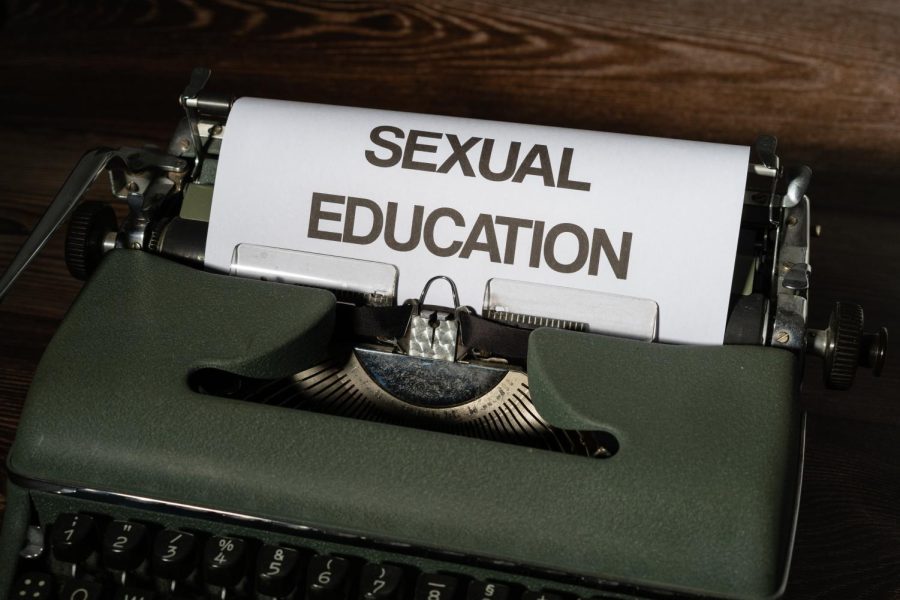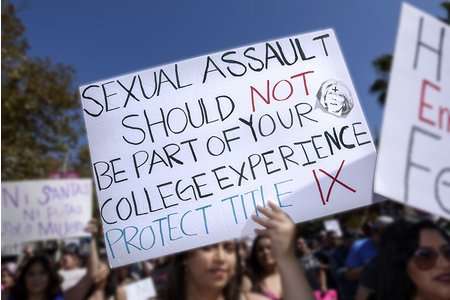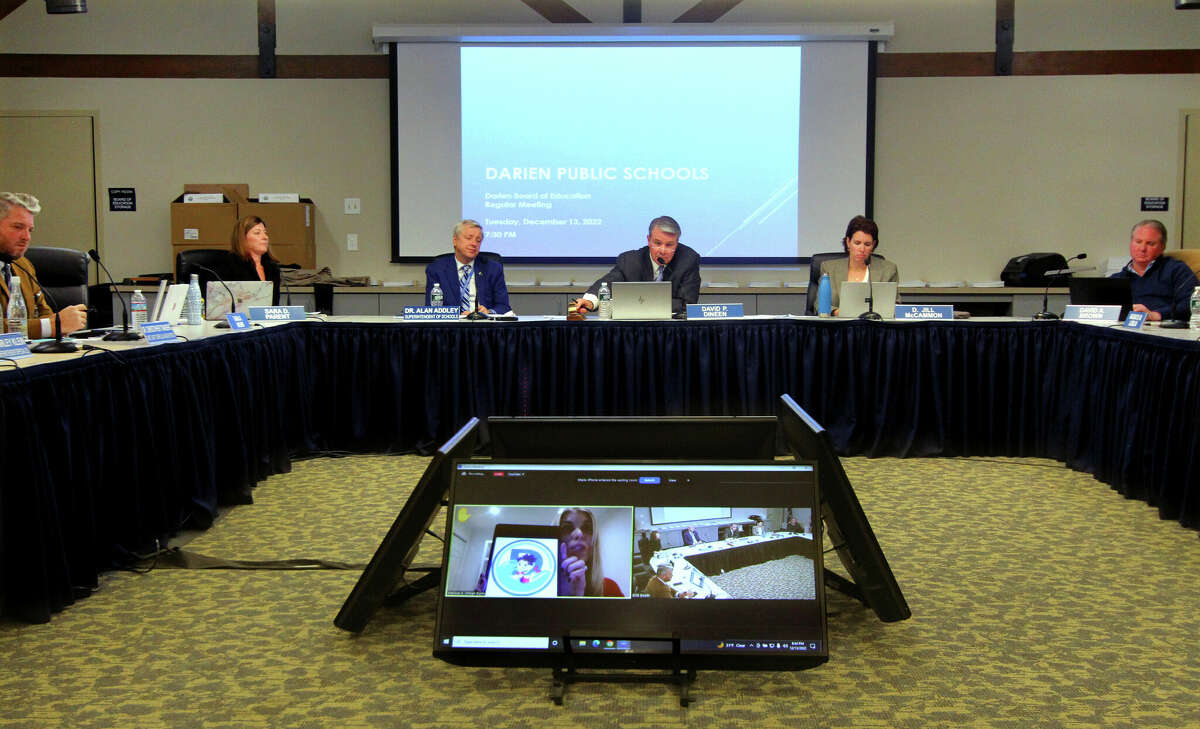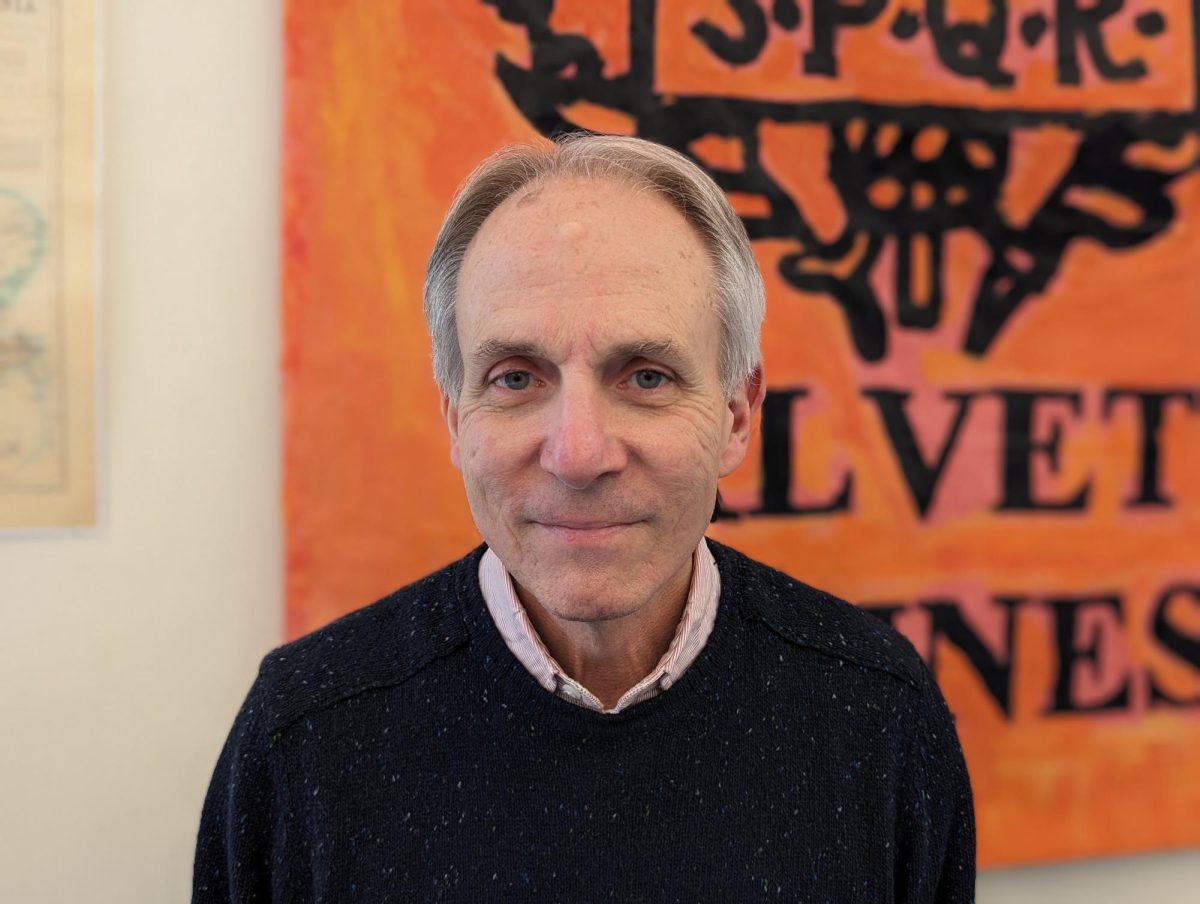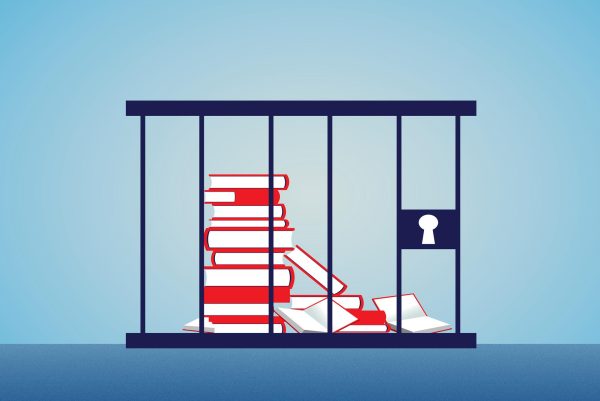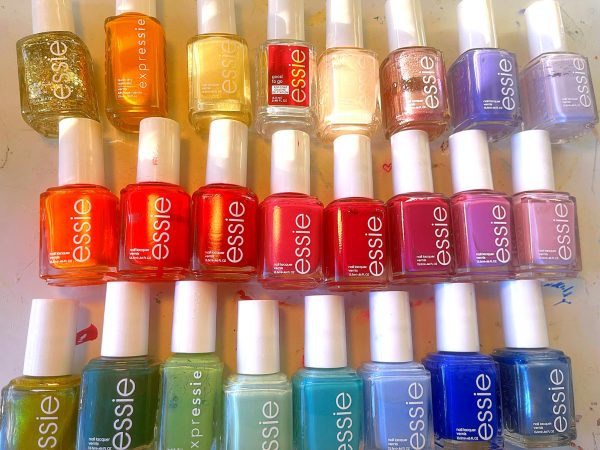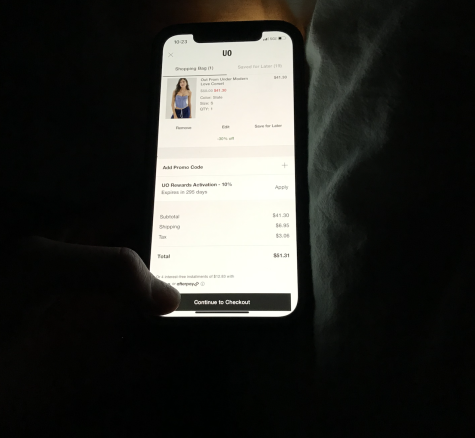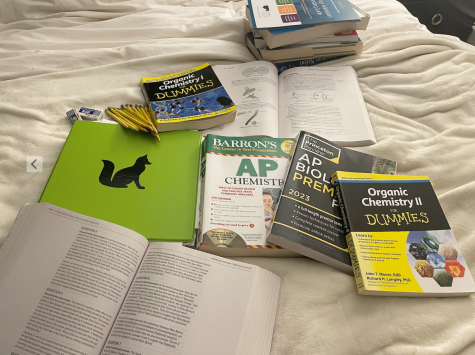A Crisis of Sexual Education
Schools need to teach comprehensive, inclusive sex education for the well-being of all their students
Where a sex ed curriculum does exist, it is rarely sufficient to meet students’ needs.
June 14, 2022
Sex—it’s one of those words that make many adults cringe with embarrassment and many kids giggle with irreverence. Who wants to talk about sex? Apparently, lots of people. As many as 90% of American parents support sexual education in schools, and students are also pushing for better sex ed, asserting their right to know about their own bodies. There’s only a fringe few who would argue that sex education should be eliminated entirely. Where the real debate comes in is with the question of what schools should cover.
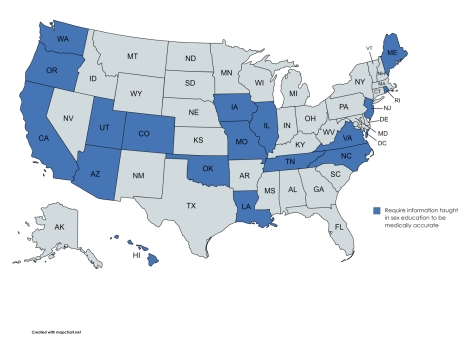
Where sex ed does exist, it is rarely sufficient. Out of 51 Darien High School students surveyed, more than three in four felt the sex education they have received up until this point was in some way inadequate. Some reported that they could not remember having received any sex education at all. As of 2020, only 38% of American high schoolers were learning what the CDC deemed critical material regarding sex ed. A popular curriculum throughout the country is “abstinence-only,” which creates a perception of sex as “bad,” “dirty,” or “shameful,” and fails to prepare the vast majority of students who will inevitably face a sexual encounter at some point. The National Education Association estimates that up to half of high school students may be sexually active in some way. Still, only 18 states require that the information taught in sexual education even be medically accurate. We should be alarmed by the fact that in most of the country, schools are permitted to teach students misinformation. We expect, and indeed depend upon, schools to be agents of knowledge and truth. It is simply unacceptable that much of sexual education is sexual miseducation.
We should be alarmed by the fact that in most of the country, schools are permitted to teach students misinformation… It is simply unacceptable that much of sexual education is sexual miseducation.
There are also only ten states, plus Washington DC, which require that schools teach the concepts of consent, healthy relationships, or sexual abuse. And yet these subjects are demonstrably vital: a study conducted by Columbia University revealed that students who received sex education in high school, especially with an emphasis on consent and refusal skills, were statistically less likely to be sexually assaulted in college. Around 13% of college and graduate students experience a sexual violation in their time at school, and the rate among female students is twice that. If sex ed can be used to help fight the crisis of sexual assault occurring on college and university campuses, then schools should be rushing to improve their curriculums.
There are numerous other benefits to Comprehensive Sex Education, or CSE, which can take the form of various, age-appropriate curriculums. Elementary school students learn about basic anatomy and what constitutes appropriate or inappropriate touching, which can in fact help catch and prevent sexual abuse, contrary to claims of “grooming” from sex ed opponents. Middle and high school students learn about their bodies more in depth and about safe sex beyond just abstinence. The success of CSE is obvious in many European countries which have more comprehensive sex ed curriculums beginning from earlier ages. Europe has lower overall rates of sexual abuse and teen pregnancy than the US.
CSE also includes discussion of LGBTQ+ identities, making it all the more unpopular among conservatives. The “Don’t Say Gay” bill recently passed in Florida eliminates and even illegalizes discussion of LGBTQ+ issues in elementary schools. Many supporters of this bill defend it with the claim that it protects children from being oversexualized or from being groomed, but it only plays into homophobic stereotypes. Why is the assumption, again and again, that LGBTQ+ identities are “hypersexual,” something to protect our children from? In reality, the bill perpetuates the oppression and erasure of the LGBTQ+ community, leaving children within it feeling unsure and unsafe.
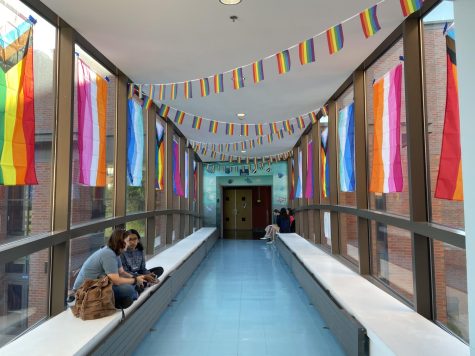
Sex education is too often hetero and cisnormative, ignoring the gender and sexual identities of LGBTQ+ individuals. As a member of the LGBTQ+ community, I never saw myself reflected in the sex ed I received. There was the minimal acknowledgement that queer and trans people exist and never much more. More than 10% of DHS students surveyed felt the same. One student, who preferred to remain anonymous, said, “teachers have been very ignorant towards the LGBTQ community as they have gotten lots of information incorrect or refused to acknowledge it altogether.” Another student asserted that “sex ed regarding [the] LGBTQ [community] should be taken more seriously and treated with the same amount of seriousness that heterosexual sex ed is treated with.” When sexual education focuses on only one “default” sexual and gender identity, many young people are left feeling exlcuded and confused, and they are put at a greater risk when they aren’t taught what safe sex looks like for them. Today, one in five members of Gen-Z identify as LGBTQ+, and up to four million American children are being raised by one or more queer or trans parent. The assumption that cisgender and heterosexual are the “default” is, simply put, false.
Homophobia and transphobia are also perpetuated when students aren’t taught that there is natural variation in human sexual and gender identity and expression. The Journal of Adolescent Health found links between CSE and a reduction in trans/homophobic bullying. Knowledge is one of the most powerful tools we have to defeat shame, both towards ourselves and towards others.
Both the experts and the students agree upon the need for better sex education. Now it is up to the schools to provide it.

